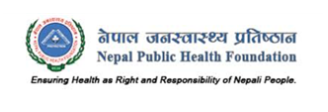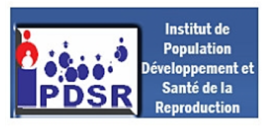Under-Five Mortality
Since 1990, the global under-five mortality rate has been cut by over half, from 82 deaths per 1,000 live births to 39 in 2017. Strengthening health systems in low-income countries to provide quality care and access to the simple, affordable, evidence-based interventions that prevent and treat the most common health challenges can help achieve further reductions in under-five mortality.
Quick Facts On Under-5 Mortality
The under-five mortality (U5M) rate represents the risk of a child dying before his/her fifth birthday, expressed in the number of children, out of 1,000 live births, dying before they turn five.

The U5M rate in low-income countries is approximately 73 deaths per 1,000 live births, almost 14 times higher than the average rate in high-income countries. The highest under-five mortality rates are clustered in sub-Saharan Africa and South Asia.

High U5M is usually the result of a combination of failures including poor nutrition, low immunization rates, poor maternal health and education, etc. For this reason, it is a powerful indicator of inequity and systemic health challenges.

Because a majority of these deaths are preventable, the rate reflects, better than any other measure, a lack of access to critical and fundamental health care including family planning, pre- and post-natal services, and disease prevention and case management.
Quick Downloads
U5M 101
KEY LEARNINGS
Cross-cutting strategies from Exemplars
Below are five recommended cross-cutting strategies commonly adopted by Exemplar countries. Regardless of specific national circumstances, Exemplar countries prioritized these five strategies while implementing interventions to reduce U5M. The strategies hold value for other countries looking to implement evidence-based health interventions or to address gaps in implementation of existing interventions.
- Stakeholder engagement and coordination: Seeking input from local and international partners, donors, and stakeholders in order to establish buy-in, facilitate adoption, ensure feasibility, and drive coordinated implementation around a national plan.
- Use of data and evidence for decision-making: Drawing upon international, national, and sub-national data and evidence for planning, implementation, and advocacy.
- Integration of new and existing initiatives into health systems: Building upon and strengthening effective health-care systems, including CHW networks.
- Building and using research capacity: Bolstering in-country research organizations and capacity to inform decision-making and gain local buy-in.
- A focus on equity: Emphasizing the needs of the poorest and most vulnerable populations when developing health strategies.
Read More
What works?Our Partners
Learn More

Ask an Expert
Our team and partners are available to answer questions that clarify our research, insights, methodology, and conclusions.







